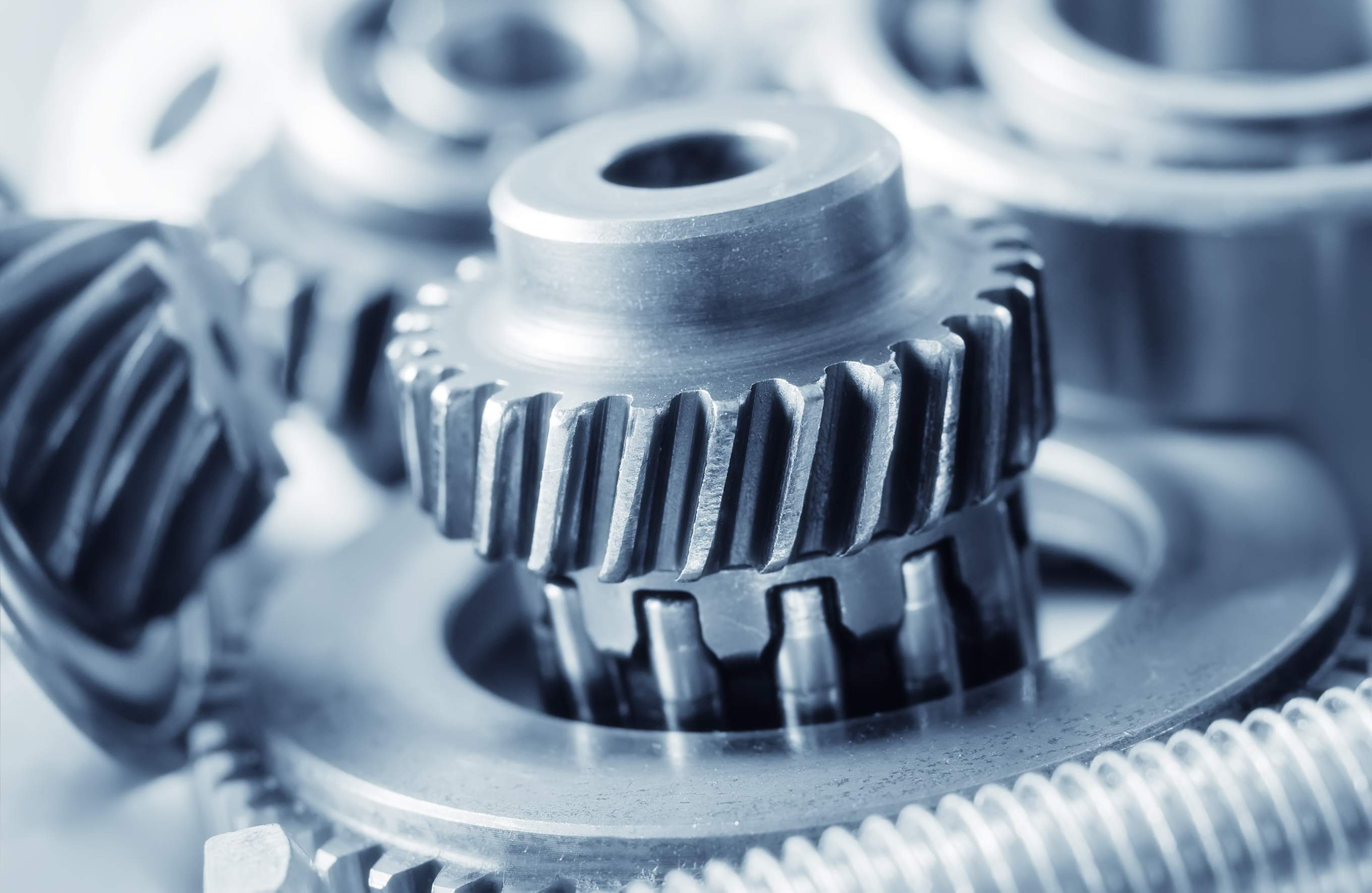




























Mechanical performance testing can help businesses demonstrate the durability, stability, and safety of their products to customers, thereby gaining a competitive advantage.

| Project Overview
The mechanical properties of materials refer to the mechanical characteristics exhibited by materials when subjected to various external loads (tensile, compressive, bending, torsional, impact, alternating stress, etc.) in different environments (temperature, medium, humidity).
| Service Products / Fields
Mechanical property testing can be applied at any stage of production, from testing the quality of raw materials to checking the durability of finished products. Testing can be carried out on a wide variety of materials and products, including cosmetics and hygiene products, sports and leisure products, household items, packaging, toys and novelty items, automotive interiors, etc. Mechanical property testing can help enterprises prove to customers the durability, stability and safety of their products, thus gaining a competitive advantage.
| Main Testing Items
|
大类 Major Categories |
具体项目 Specific Item |
测试意义 Significance of Testing |
|
硬度试验 Hardness test |
洛氏硬度 维氏硬度 显微维氏硬度 布氏硬度 肖(邵)氏硬度 纳米压痕硬度 Rockwell hardness, Vickers hardness, Micro-Vickers hardness, Brinell hardness, Shore hardness, Nano-indentation hardness |
硬度是指“固体材料抗拒永久形变的特性”。固体对外界物体入侵的局部抵抗能力,是比较各种材料软硬的指标。 Hardness refers to "the property of a solid material to resist permanent deformation". The local resistance of a solid to the intrusion of an external object is an index for comparing the hardness of various materials. |
|
拉伸试验 Tensile Test |
抗拉强度 屈服强度 断后伸长率 断面收缩率 弹性模量、泊松比 拉伸应变硬化指数 应变硬化 Tensile strength, Yield strength, Elongation after fracture, Reduction of area, Elastic modulus, Poisson's ratio, Tensile strain hardening exponent, Strain hardening |
拉伸试验可测定材料的一系列强度指标和塑性指标。强度通常是指材料在外力作用下抵抗产生弹性变形、塑性变形和断裂的能力。塑性是指金属材料在载荷作用下产生塑性变形而不致破坏的能力,常用的塑性指标是延伸率和断面收缩率。 The tensile test can measure a series of strength and plasticity indicators of materials. Strength usually refers to the ability of a material to resist elastic deformation, plastic deformation, and fracture under the action of external forces. Plasticity refers to the ability of a metal material to undergo plastic deformation without failure under the action of a load. The commonly used plasticity indicators are the elongation and the reduction of area. |
|
弯曲与压缩性能 Bending and compression properties |
弯曲强度 弯曲模量 压缩强度 压缩屈服点 压缩弹性模量 Bending strength, flexural modulus, compressive strength, compressive yield point, compressive elastic modulus |
弯曲试验主要用于测定脆性和低塑性材料(如铸铁、高碳钢、工具钢等)的抗弯强度并能反映塑性指标的挠度。弯曲试验还可用来检查材料的表面质量。试样破坏时的最大压缩载荷除以试样的横截面积,称为压缩强度极限或抗压强度。压缩试验主要适用于脆性材料,如铸铁、轴承合金和建筑材料等。对于塑性材料,无法测出压缩强度极限,但可以测量出弹性模量、比例极限和屈服强度等。 The bending test is mainly used to measure the bending strength of brittle and low-plasticity materials (cast iron, high-carbon steel, tool steel, etc.) and can reflect the deflection, which is a plasticity indicator. The bending test can also be used to check the surface quality of materials. The maximum compressive load at the time of specimen failure divided by the cross-sectional area of the specimen is called the ultimate compressive strength or compressive strength. The compression test is mainly applicable to brittle materials, such as cast iron, bearing alloys, and building materials. For plastic materials, the ultimate compressive strength cannot be measured, but the elastic modulus, proportional limit, and yield strength can be measured. |
|
冲击韧性试验 Impact toughness test |
冲击强度 冲击韧度 低温脆性 简支梁冲击 悬臂梁冲击 Impact strength, impact toughness, low-temperature brittleness, Charpy impact, Izod impact |
材料抵抗冲击载荷的能力,冲击韧度指标的实际意义在于揭示材料的变脆倾向 The ability of a material to resist impact loads. The practical significance of the impact toughness index lies in revealing the tendency of the material to become brittle. |
|
断裂韧度试验 Fracture toughness test |
断裂韧度 裂纹张开位移 动态断裂韧度 Fracture toughness, crack opening displacement, dynamic fracture toughness |
测定带裂纹构件抵抗裂纹失稳扩展能力 Determine the ability of a cracked component to resist unstable crack propagation. |
|
疲劳性能 Fatigue performance |
对称应力下的疲劳 非对称循环应力下的疲劳 应变疲劳(低周疲劳) 疲劳裂纹扩展速率 热疲劳试验 腐蚀疲劳试验 接触疲劳试验 高温疲劳试验 低温疲劳试验 Fatigue under symmetric stress, fatigue under asymmetric cyclic stress, strain fatigue (low-cycle fatigue), fatigue crack growth rate, thermal fatigue test, corrosion fatigue test, contact fatigue test, high-temperature fatigue test, low-temperature fatigue test |
疲劳试验,是结构试验内容之一,借以研究和验证飞行器结构或构件的疲劳与断裂性能。疲劳破坏是机械零部件早起失效的主要形式,疲劳研究的主要目的是精确地估算材料结构的零部件的疲劳寿命保证在服役期内零部件不会发生疲劳失效 The fatigue test is one of the contents of structural tests, which is used to study and verify the fatigue and fracture properties of aircraft structures or components. Fatigue failure is the main form of early failure of mechanical parts. The main purpose of fatigue research is to accurately estimate the fatigue life of parts in material structures to ensure that the parts will not experience fatigue failure during the service period. |
|
高温力学性能 High-temperature mechanical properties |
高温蠕变 持久强度 应力松弛 高温短时拉伸试验 High-temperature creep, long-term strength, stress relaxation, high-temperature short-time tensile test |
高温下零部件因抵抗外力作用而产生各种变形和应力的能力,如强度、弹性、塑性等在高温下,由于液相的出现,液相的性质、数量及分布状态,对材料的力学性能影响极大 The ability of components at high temperatures to resist various deformations and stresses caused by external forces, such as strength, elasticity, and plasticity. At high temperatures, due to the appearance of the liquid phase, the properties, quantity, and distribution state of the liquid phase have a great influence on the mechanical properties of the material |
|
磨损性能 Wear performance |
耐磨损试验 Abrasion resistance test |
在给定摩擦条件下测量材料的磨损量及摩擦系数的试验方法,是测定材料抵抗磨损能力的一种材料试验,比较材料的耐磨性优劣 A test method for measuring the wear amount and friction coefficient of a material under given friction conditions. It is a material test to measure the wear resistance of a material and compare the wear resistance of different materials. |
|
剥离强度 Peel Strength |
胶带剥离强度 剥离强度测试(覆铜板、PCB) Adhesive tape peel strength, peel strength test (copper-clad laminate, PCB) |
剥离强度是指粘贴在一起的材料,从接触面进行单位宽度剥离时所需要的力。剥离时角度有90度或180度,单位为:牛顿/米(N/m)。它反映材料的粘结强度。 Peel strength refers to the force required to peel the bonded materials per unit width from the contact surface. The peeling angle is 90 degrees or 180 degrees, and the unit is Newton per meter (N/m). It reflects the bonding strength of the material. |
| MTT Advantages
1. Professional Team: A team of highly experienced testing engineers and technical experts.
2. Advanced Equipment: Equipped with internationally leading testing instruments to ensure accuracy and reliability of results.
3. Efficient Service: Rapidly respond to customer needs and provide one-stop, high-efficiency inspection services.
4. Authoritative Certification: The laboratory is certified by ISO/IEC 17025, ensuring that test reports have international credibility.